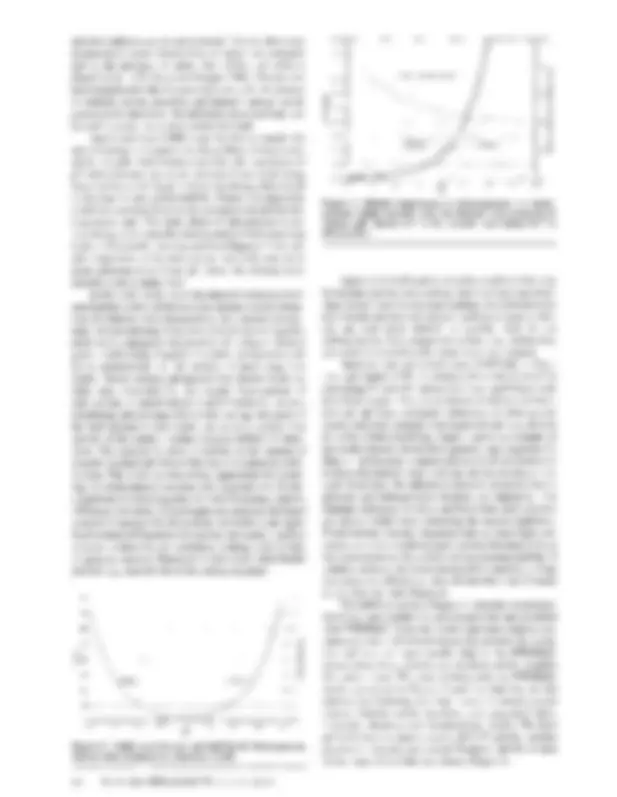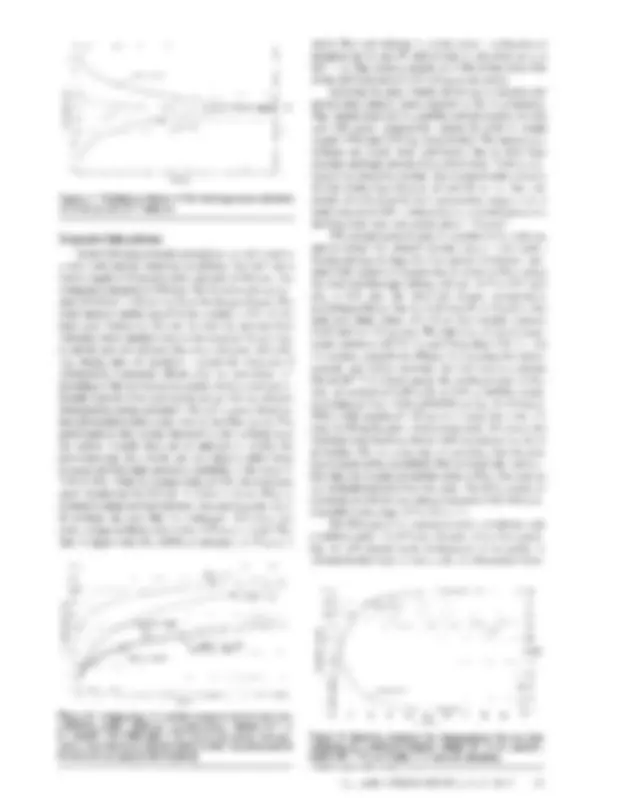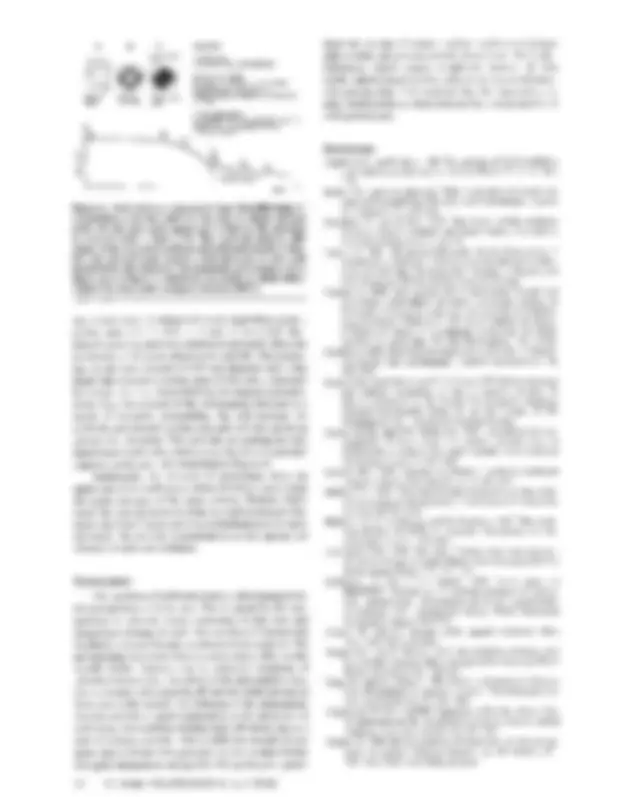Partial preview of the text
Download Modeling of buildup of Fe oxides.pdf and more Thesis Mathematical Modeling and Simulation in PDF only on Docsity!
Modeling the Buildup of lron Oxide Encrustations in Wells oy Georg J. Houben! Abstract Ferric iron encrustations are a common problem that seriously affects the performance of wells and drains. Their formation is induced by the mixing of reduced ground water containing ferrous iron with oxic shallow ground water and exposure to air. The process of ferrous iron oxidation is a kinetically controlled reaction. The reaction rate has a quadratic dependency on pH. The pre ting oxides have an autocatalytic effect thal further enhances reaction progress. This paper describes the application of kinctic models to the problem of encrustation formation. Influences of pH, residence time, and autocatalysis were modeled. The overall influence of the autocatalytic reaction path is par- ticularly strong when initial amounts of iron oxides are present. Autocalalysis provides a good explanation on the development of well yicld commonly measured in the field. Encrustation precipitation is slow at first, but speeds up after a sufficient amount of iron oxide has built up. An incomplete removal of iron oxide encrustations during rcha- bilitation leads to a renewed increase in catalytic efficiency and encrustation precipitation. Introduction The formation of encrustations seriously affects the per- formance of wells, piezometers, drams, and all other instal- lations exposed to reduced ground water (Houben 2001, 2003), Their economic relevance must not be underesti- mated. The most common type of encrustation predomi- nantly consists of iron oxides, products of the oxidation of dissolved ferrous iron thal encounters dissolved oxygen either via mixing with oxygen-containing (ground) water or by exposure to air. Modeling the Buildup of Iron Oxides: Hydrochemical Background Exposing dissolved ferrous iron to dissolved oxygen will lead to the formation of ferric iron and its subsequent precipitation as iron oxide (Equation 1) (Stumm and Mor- gan 1996). For the sake of brevity all oxides, hydroxides ‘Federal Institute for Geosciences and Natural Resources (BGR), Stilleweg 2, D-30655, Hannover, Germany; ++49-511-643- 2373; fax ++49-511-643-3661; g.-houben@bqr.de Received June 2002, accepted March 2003 Published in 2004 by the National Ground Water Association. and oxyhydroxides will be reforred to as oxides in this study. 4 He +0, + 10 H,0 4 Fe(OH), +8H* (1) ‘The kinctics of Equation 1 have been studied by a variety of authors, ¢.g,, Singer and Stumm (1970), Kester et al. (1975), Sung and Morgan (1980), Lowson (1982), Davidson and Seed (1983), Millero (1985), Millero et al. (1987), and Wehrli (1990). For mildly acidic to neutral waters (pH > 5), arate law of the type presented in Equation 2 is commonly used: =k (Fe**}P4,{OH-}? Q The reaction rate, r, is first order for the activity of fer- rous iron and the partial pressure of dissolved oxygen, but second order for hydroxy! ion activily. lt is thus strongly dependent on pH. Rising pH will lead to strongly enhanced precipitation of ferric iron, A compilation of rate constants for dilute aqueous solutions from different authors is given in Table 1. Davison and Sced (1983) suggest a universal rate constant of k = 2.0 x 104 mol x atm! x min! (range 1.5 to 3.0 X 10!) for freshwaters in the pH range 6.5 lo 7.4. Instead of the partial pressure of oxygen Pay = {O,}. the concentration of dissolved oxygen {Q,.)1 an be 78 Vol. 42, No. 1-GROUND WATER—January-February 2004 {pages 78-82) 













